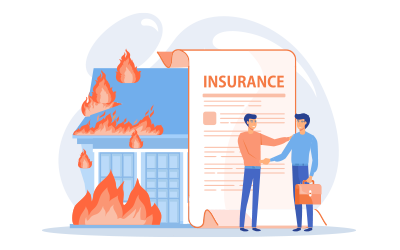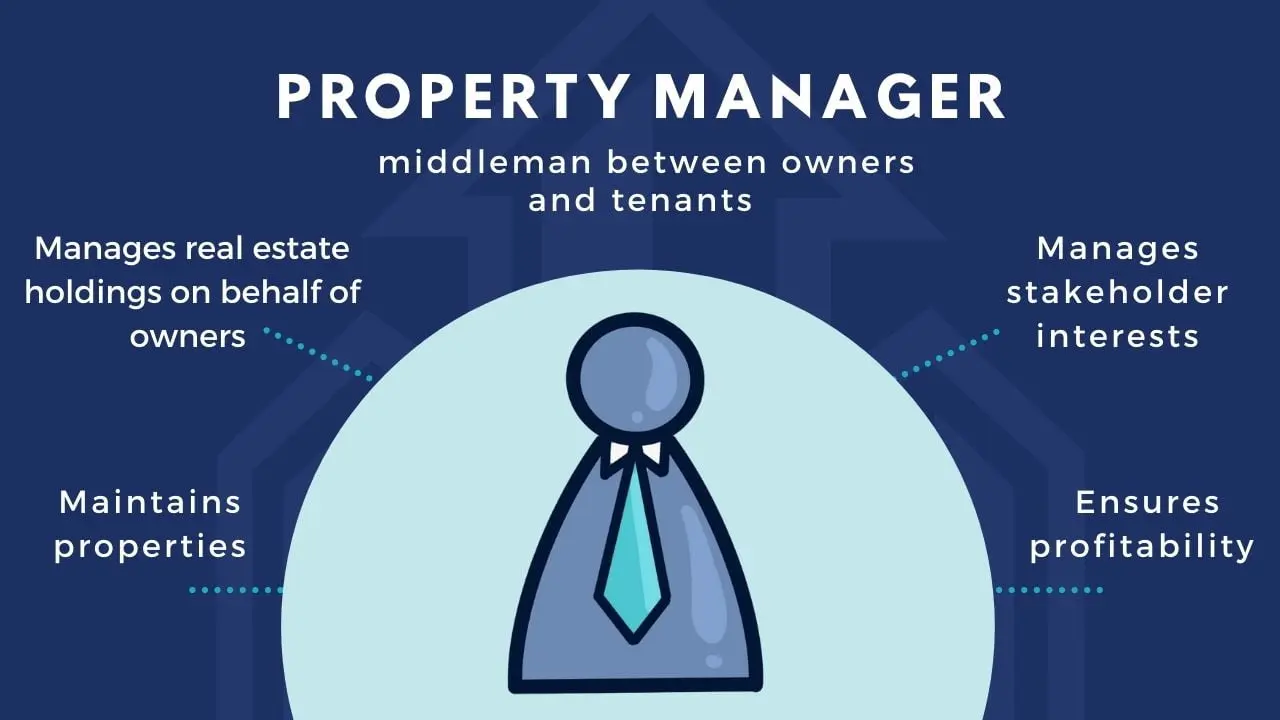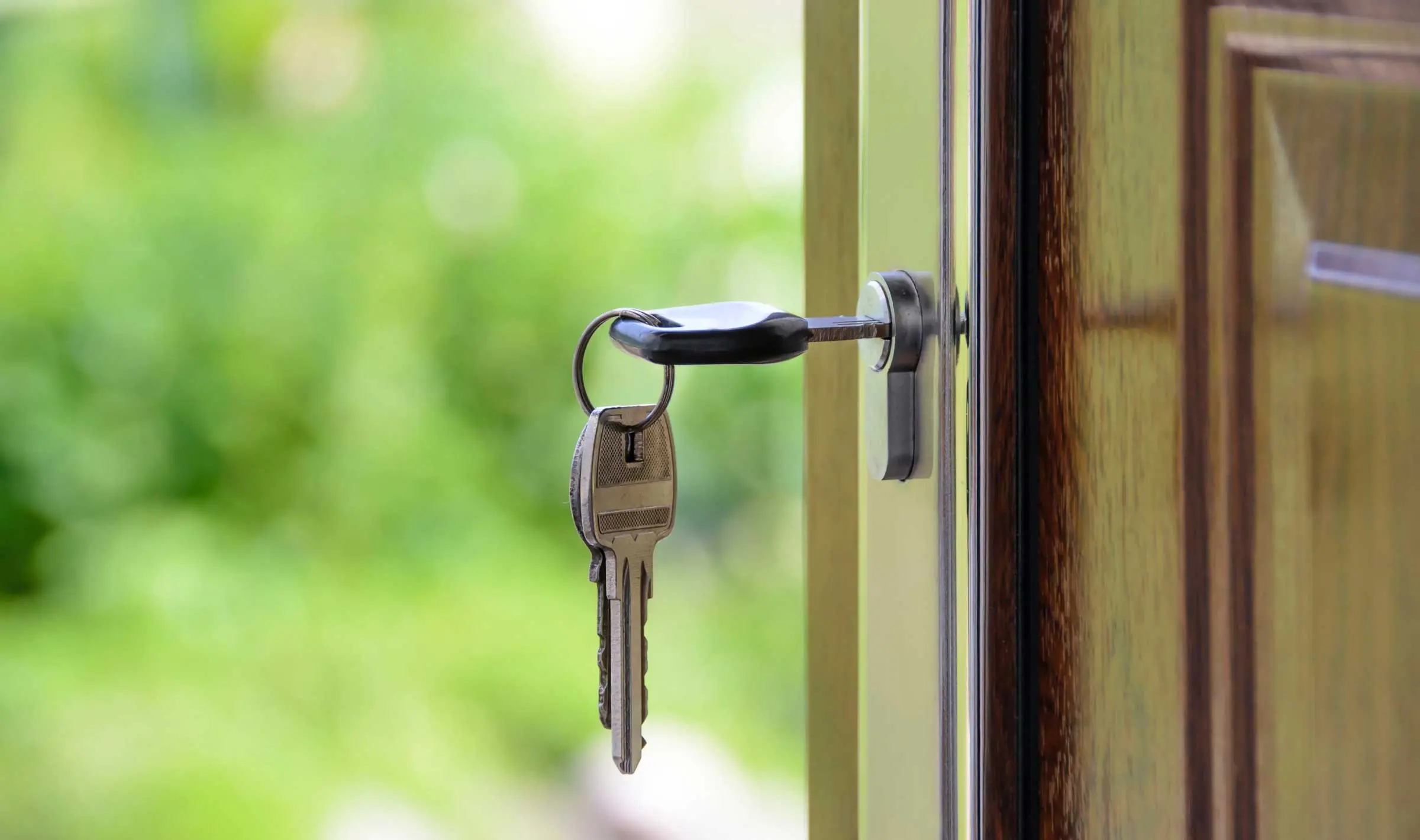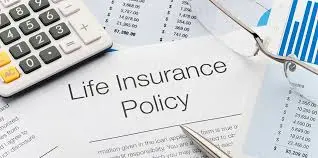
Why Fire Insurance Is Essential for Natural Disaster Protection
In areas prone to wildfires and other natural disasters, fire insurance is a necessity. Fire insurance helps protect your property from damage caused by fire, including those resulting from wildfires, lightning strikes, and other catastrophic events. If you live in a wildfire-prone region, securing the right insurance coverage can make all the difference when disaster strikes. Having fire insurance also helps you recover faster, covering repair costs, property replacement, and living expenses if you need to temporarily relocate.
Types of Fire Insurance for Natural Disaster Protection
When shopping for fire insurance, it's important to understand the different types of coverage available. Here are some of the most common fire insurance options for homeowners and renters:
1. Homeowners Fire Insurance
- Homeowners fire insurance covers damages to your home caused by fire, including wildfires, accidental fires, and electrical fires. This policy typically includes structural damage, personal property damage, and rebuilding costs. If you live in a high-risk wildfire zone, it’s essential to confirm that your homeowners policy covers fire damage explicitly.
2. Fire Insurance Rider
- Many homeowners insurance policies don’t automatically cover fire damage in areas prone to wildfires. A fire insurance rider can be added to your existing homeowners policy to ensure that you're protected against fire risks. This rider typically covers fire damage, the cost of rebuilding, and other related expenses.
3. Renters Fire Insurance
- Renters insurance is vital for tenants living in wildfire-prone areas. While the building structure itself may be covered by the landlord’s insurance, renters fire insurance protects your personal belongings from fire damage. It can also cover temporary living expenses if you're displaced due to fire damage.
4. Wildfire Insurance
- In regions where wildfires are common, wildfire insurance may be available as a separate or additional policy. This specialized coverage offers protection for fire damage caused by wildfires and often includes coverage for property replacement, debris removal, and living expenses. Wildfire insurance may be a necessary addition to your regular homeowners policy in high-risk areas.
5. Flood Insurance
- While floods and fires are distinct disasters, wildfires can lead to floods due to heavy rains and debris flow. Flood insurance is important for homeowners in wildfire-prone areas to ensure protection from water damage following a fire. This coverage typically protects your property from floodwaters that might occur after a wildfire event.
Key Features to Look for in Fire Insurance Policies
When selecting the right fire insurance policy, it’s important to look for the following features to ensure comprehensive protection:
1. Coverage Limits
- The coverage limits define the maximum amount the insurance provider will pay for damages. Make sure your policy covers the full cost of rebuilding your home and replacing your possessions. Underestimating the value of your home and belongings can leave you with inadequate coverage after a disaster.
2. Deductibles
- Deductibles refer to the amount you need to pay out of pocket before your insurance coverage kicks in. Higher deductibles can lower your premium, but they may increase your financial burden in the event of a claim. Choose a deductible that aligns with your budget and financial situation.
3. Wildfire-Specific Coverage
- Ensure that your policy includes wildfire-specific coverage if you live in a wildfire-prone area. Wildfires can cause significant damage, and additional coverage may be required to cover the costs of rebuilding after a wildfire. Some policies may include wildfire coverage as part of their standard package, while others may require an additional rider or add-on.
4. Temporary Living Expenses (ALE)
- Additional living expenses (ALE) coverage is important if your home becomes uninhabitable due to fire damage. ALE covers the costs of temporary accommodations, such as hotel stays or rental homes, while your property is being repaired or rebuilt.
5. Exclusions and Limitations
- Make sure to review the exclusions and limitations in your policy. Some policies may exclude certain types of fire damage, such as damage caused by neglect or failure to take proper safety precautions. Be aware of these exclusions and ensure that you have the right coverage for your needs.
Comparison Table: Top Fire Insurance Providers
| Insurance Provider | Policy Type | Coverage Options | Premium Range | Deductible | Special Features |
|---|---|---|---|---|---|
| State Farm | Homeowners + Fire Rider | Fire, Wildfire, Personal Property | $$ | $500-$2500 | Customizable wildfire protection |
| Allstate | Homeowners + Wildfire | Fire Damage, Rebuilding, ALE | $$ | $1000-$5000 | Add-on wildfire coverage available |
| Nationwide | Renters + Fire Insurance | Personal Property, Temporary Housing | $ | $300-$1500 | Affordable premiums for renters |
| Farmers Insurance | Homeowners + Fire Rider | Fire Damage, Wildfire Protection | $$ | $1000-$4000 | Discounts for fire safety measures |
| USAA | Homeowners + Fire Coverage | Wildfire, Personal Property, ALE | $$ | $500-$3000 | Military discounts and benefits |
How to Choose the Best Fire Insurance for Your Property
Selecting the right fire insurance for your property depends on several factors, including the location of your home, your risk level, and the type of coverage you need. Here's a step-by-step guide to choosing the best policy:
- Assess Your Risk: Determine if you live in a high-risk wildfire zone and the likelihood of fire damage.
- Review Coverage Options: Compare the various policies available, including homeowners, renters, and wildfire-specific insurance.
- Check the Premium and Deductible: Ensure the premium fits your budget and that the deductible is manageable in the event of a claim.
- Consider Additional Coverage: Add additional coverage options, such as ALE and flood insurance, if necessary.
- Read the Fine Print: Review exclusions and limitations to avoid unexpected gaps in coverage.
Conclusion: Protecting Your Property from Fire and Natural Disasters
In wildfire-prone areas, securing the right fire insurance coverage is crucial for protecting your property and ensuring your financial stability in the event of a natural disaster. By choosing the appropriate insurance policy with adequate coverage limits, affordable premiums, and wildfire-specific protection, you can safeguard your home against the risks posed by fire and other natural disasters.






